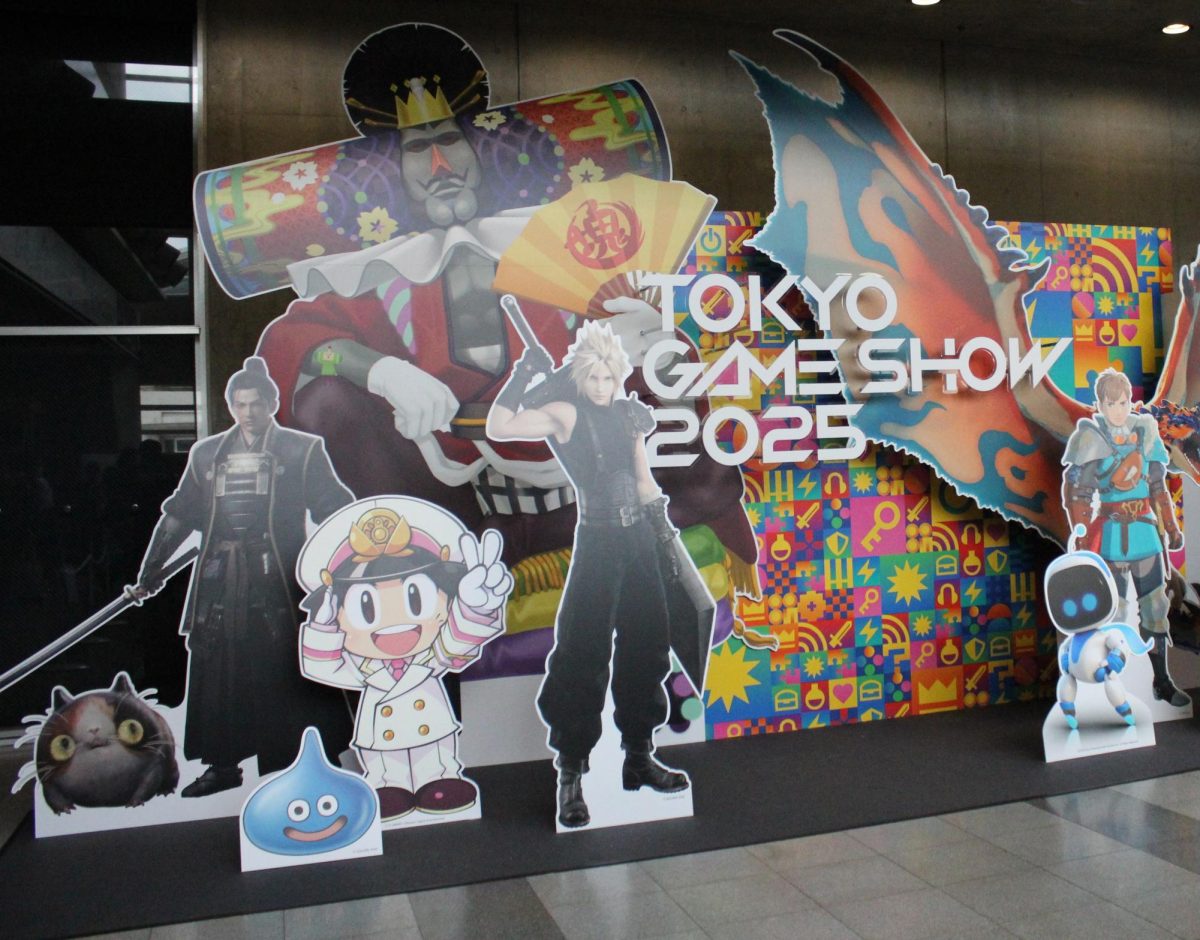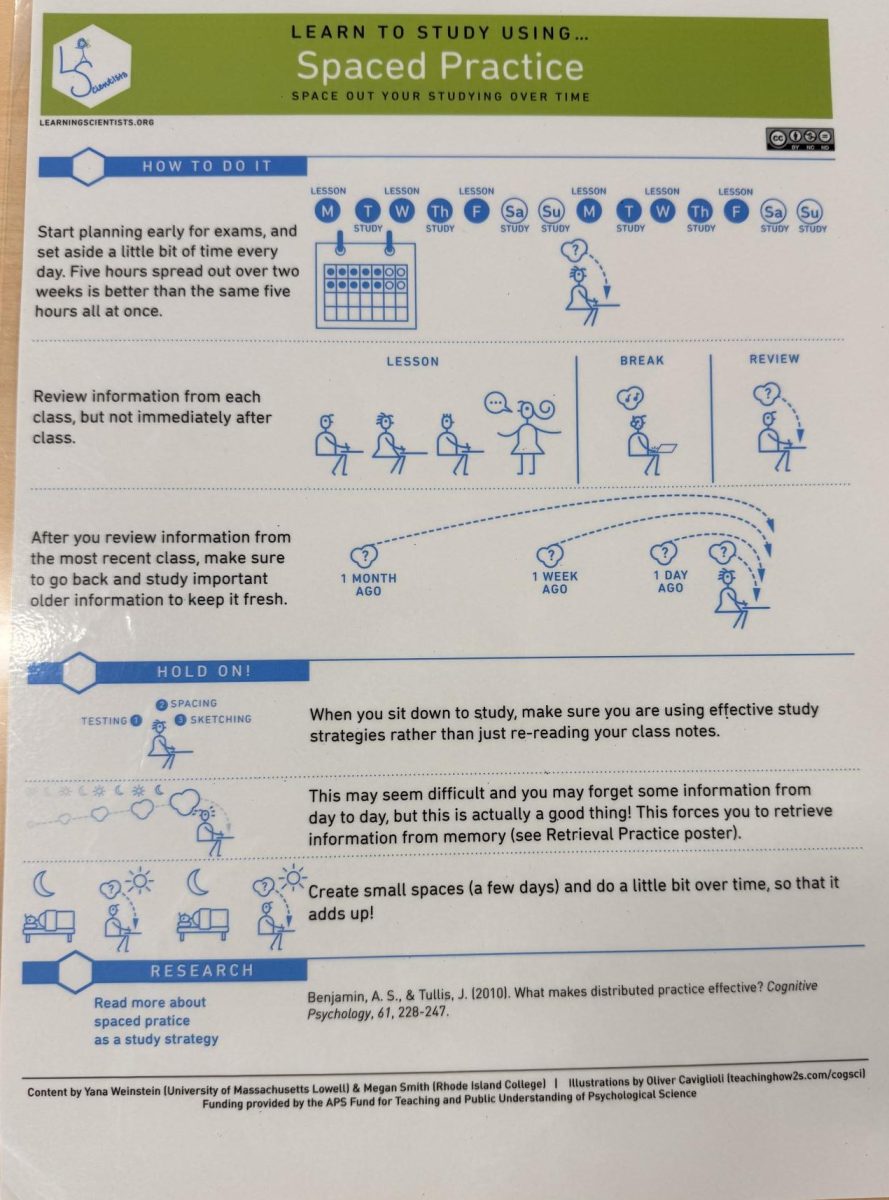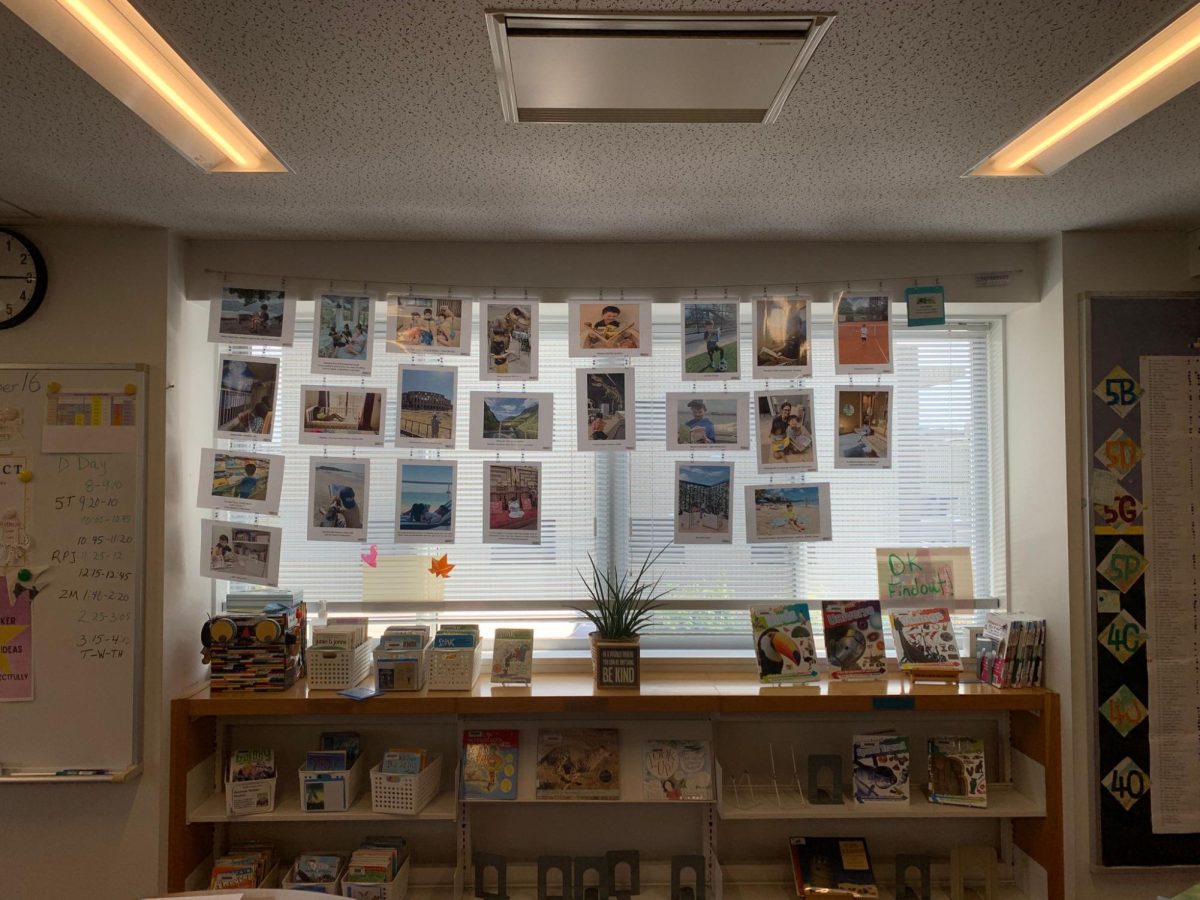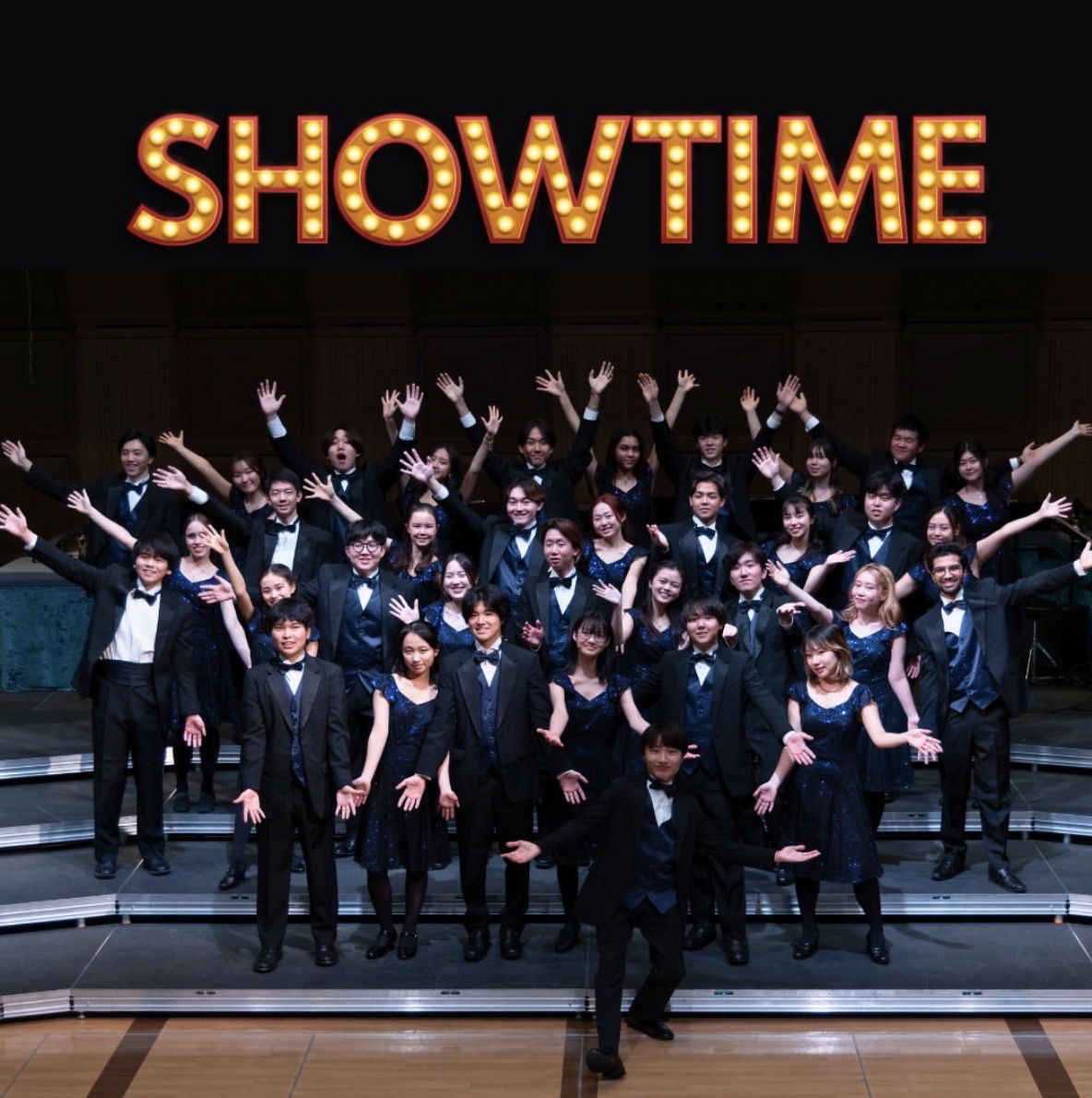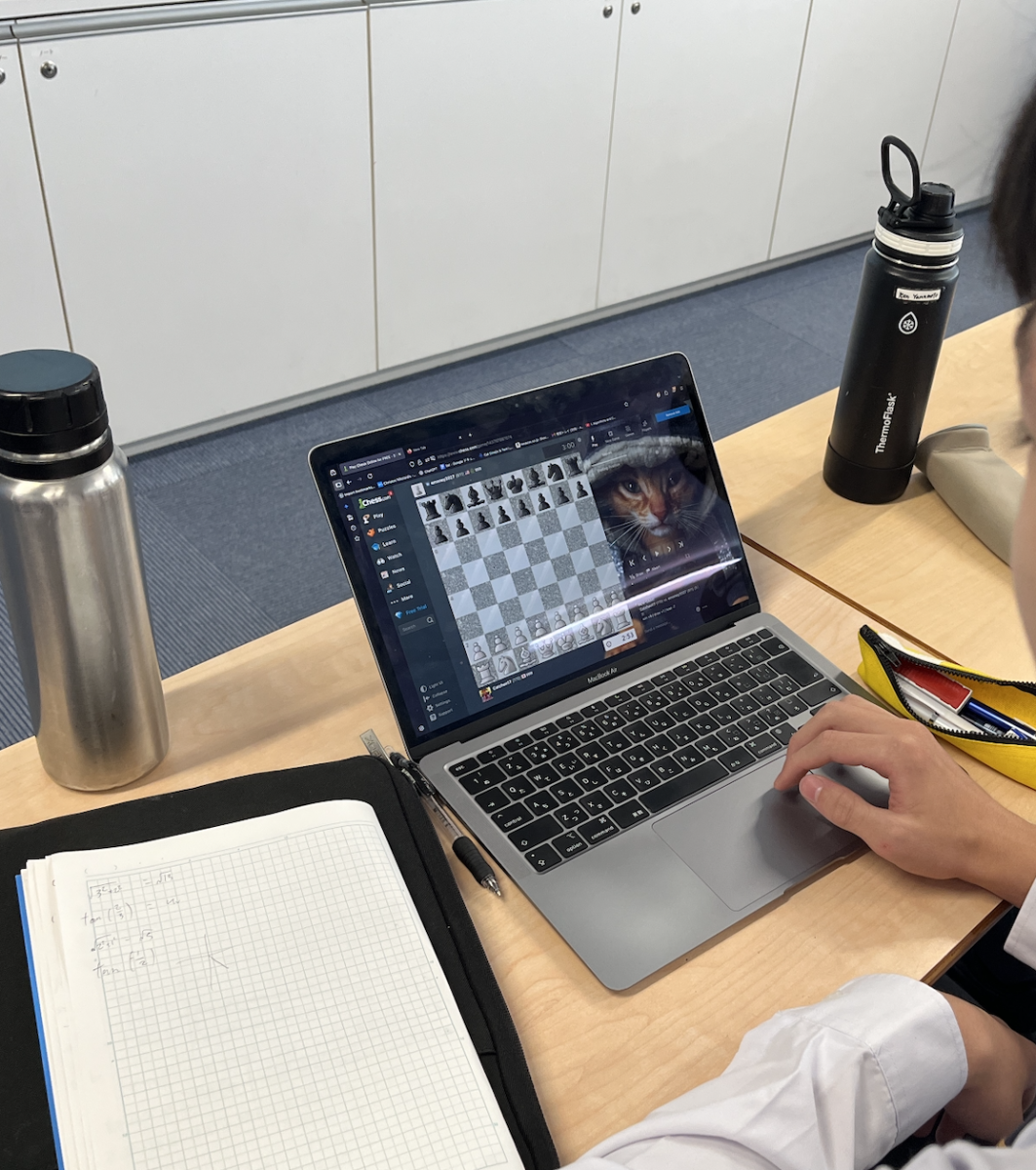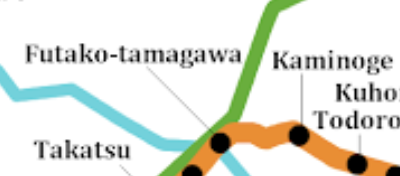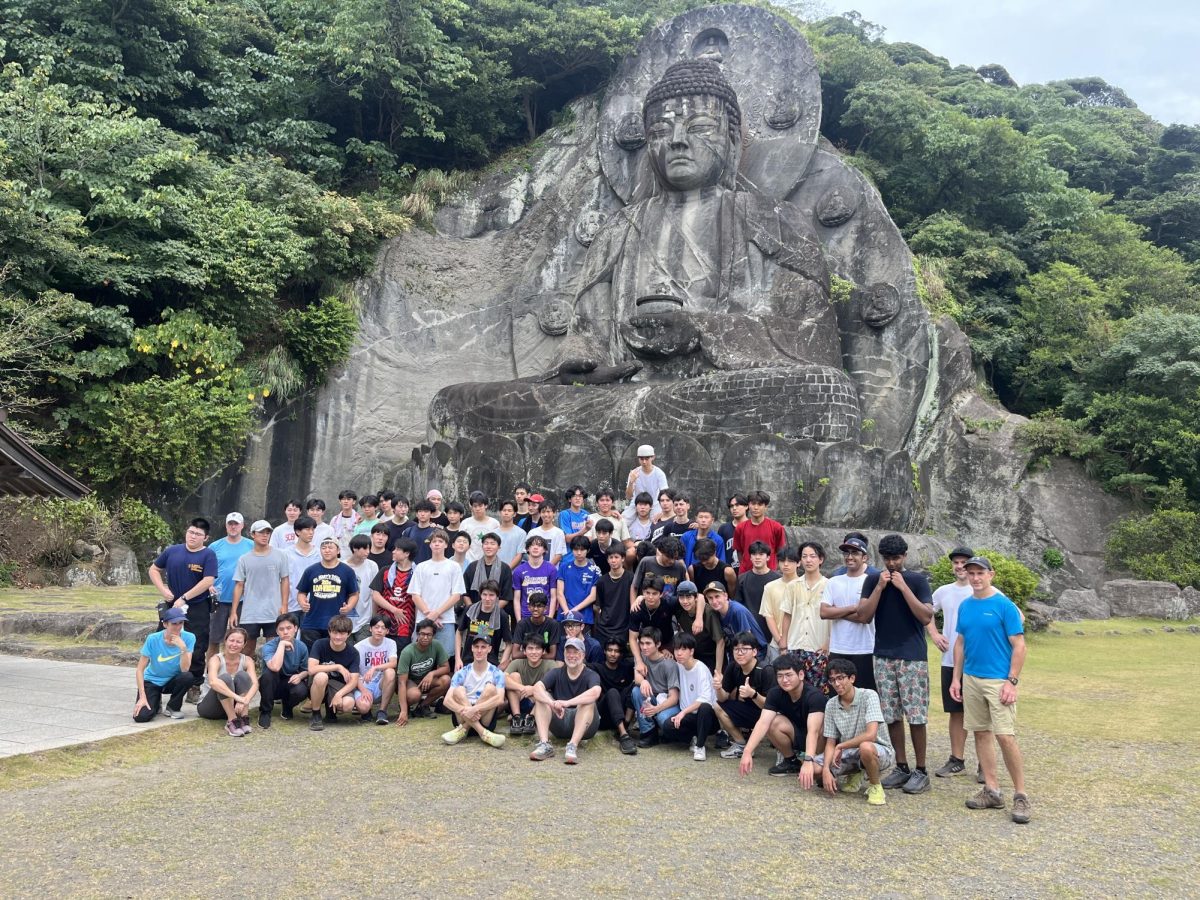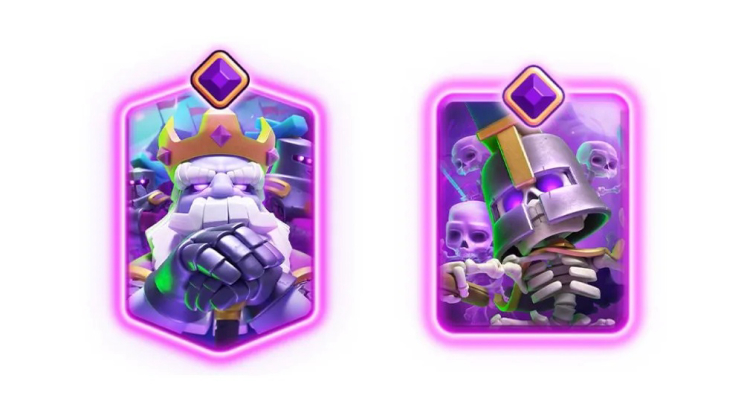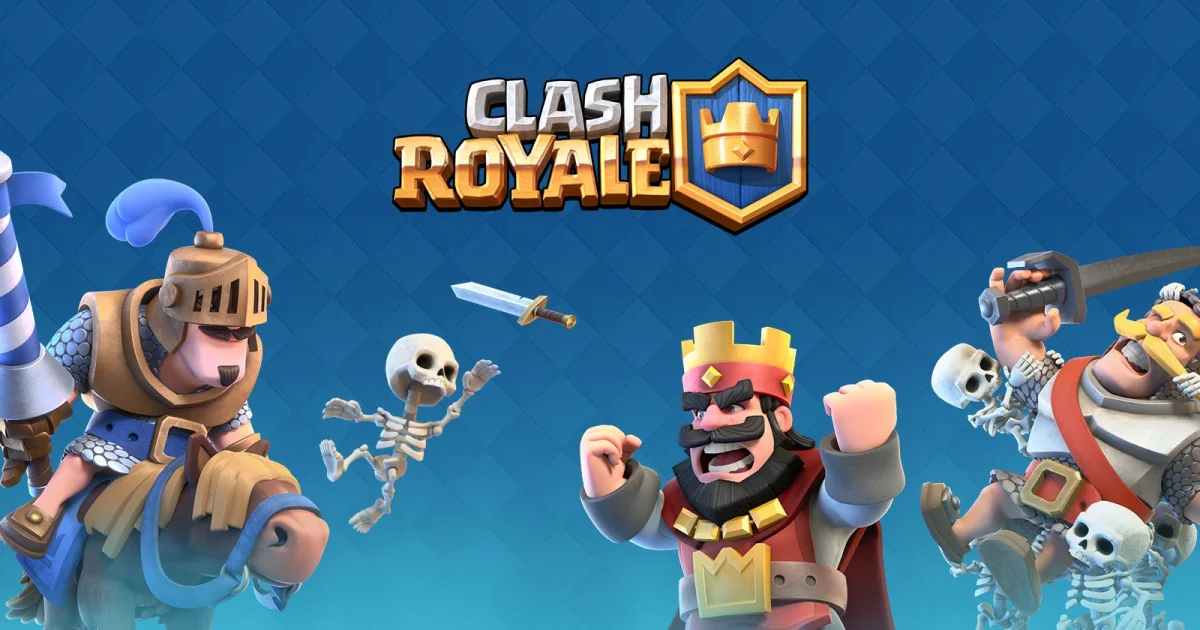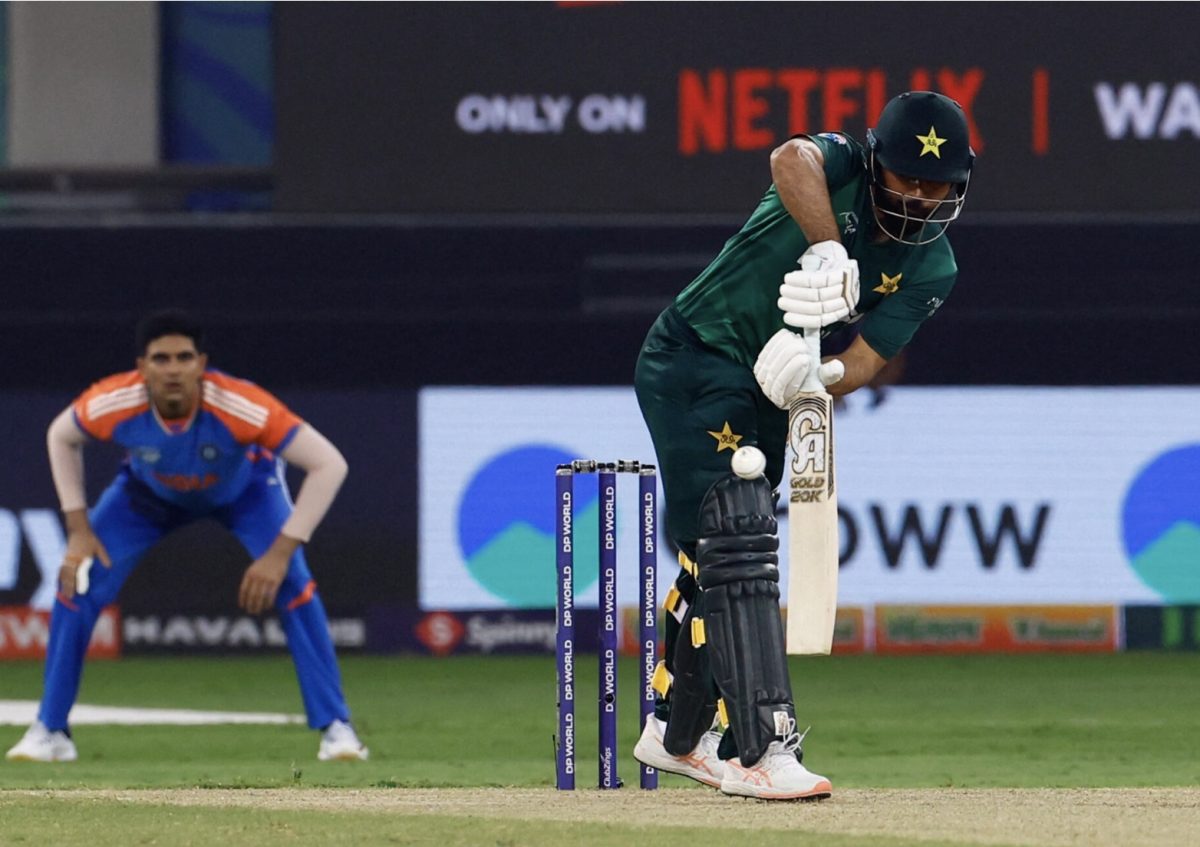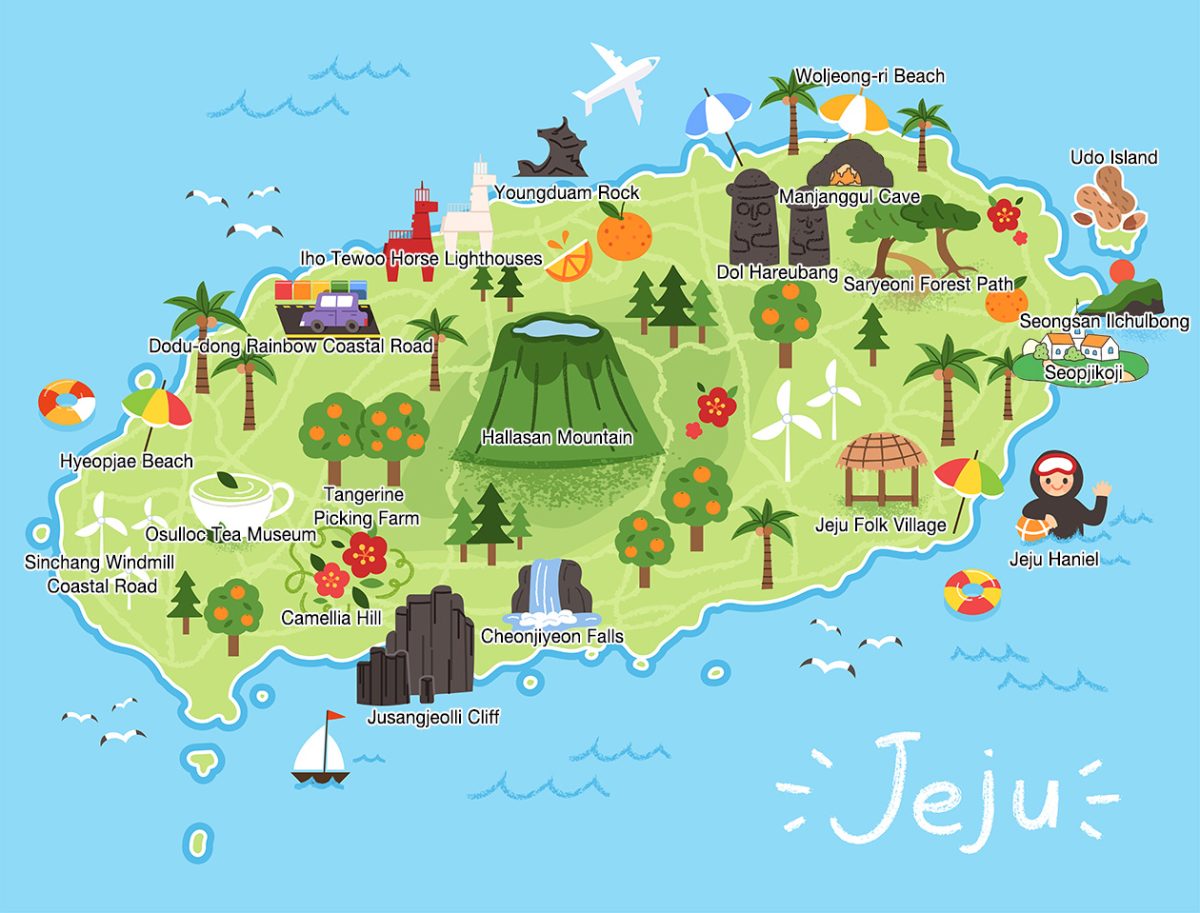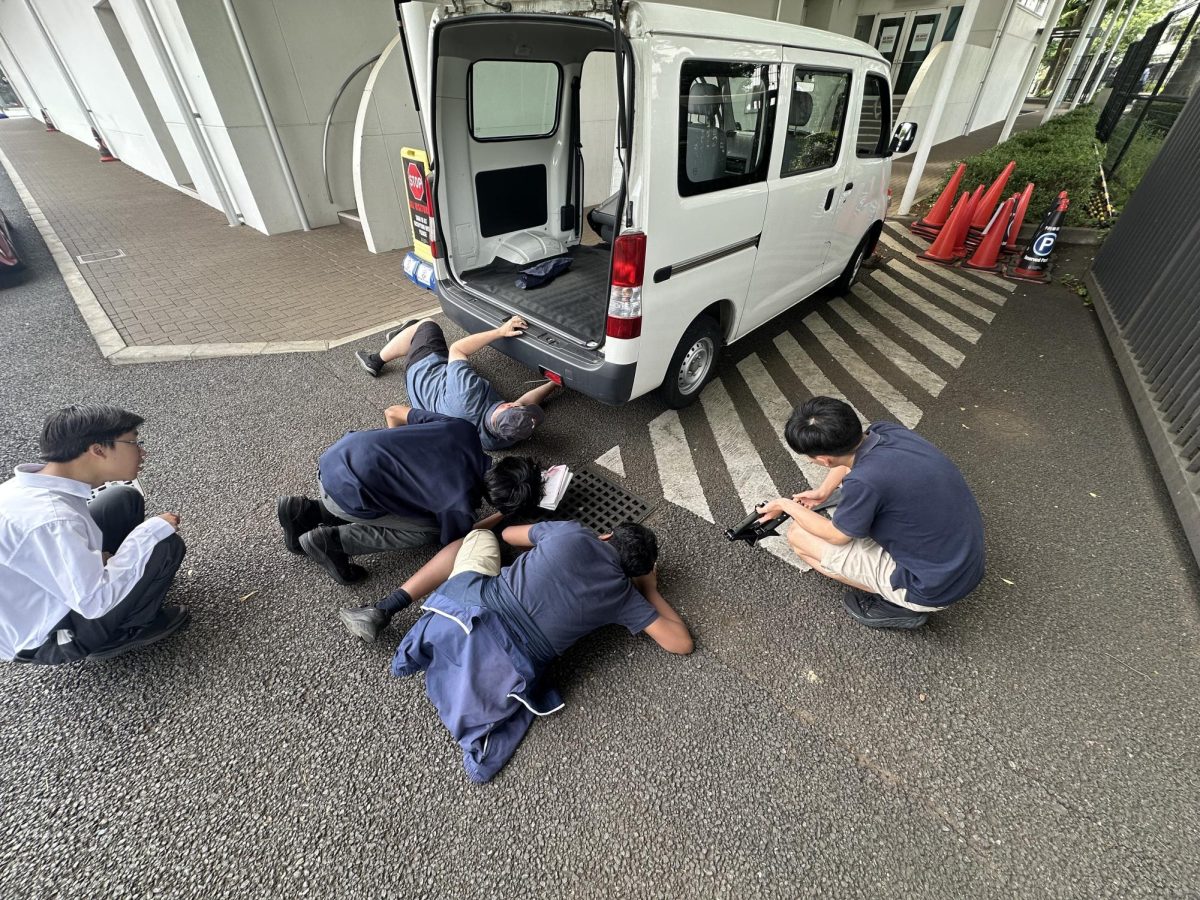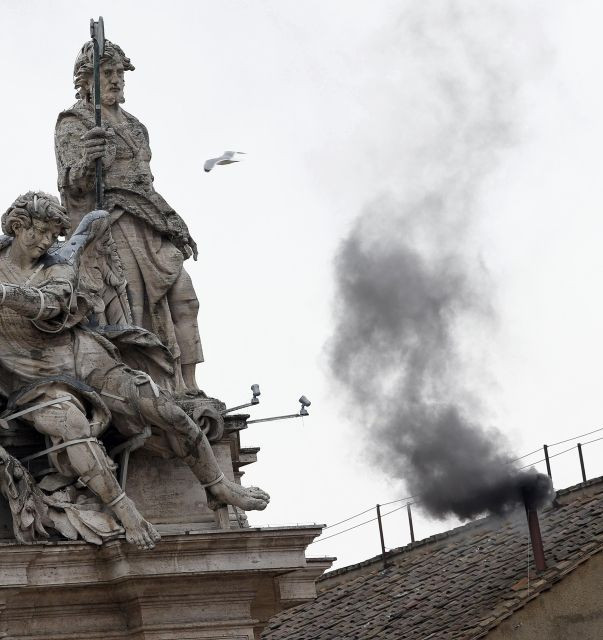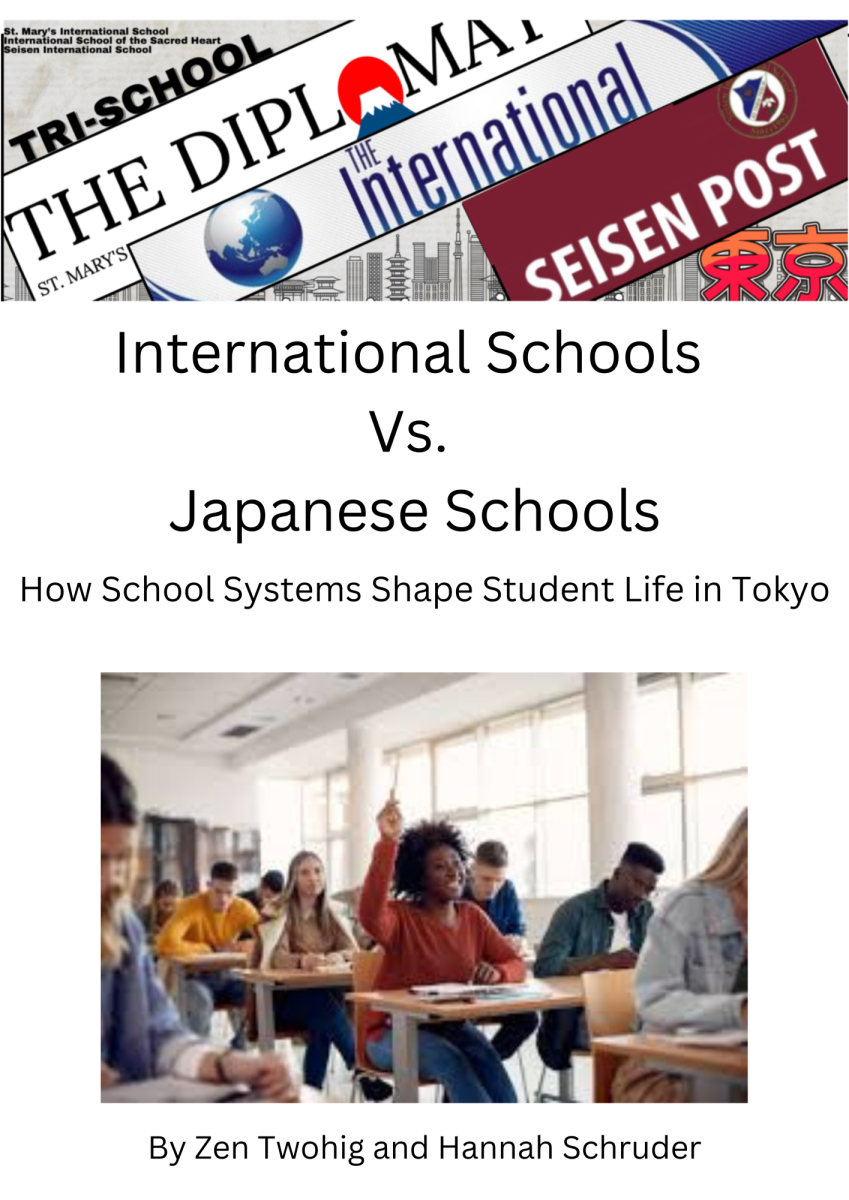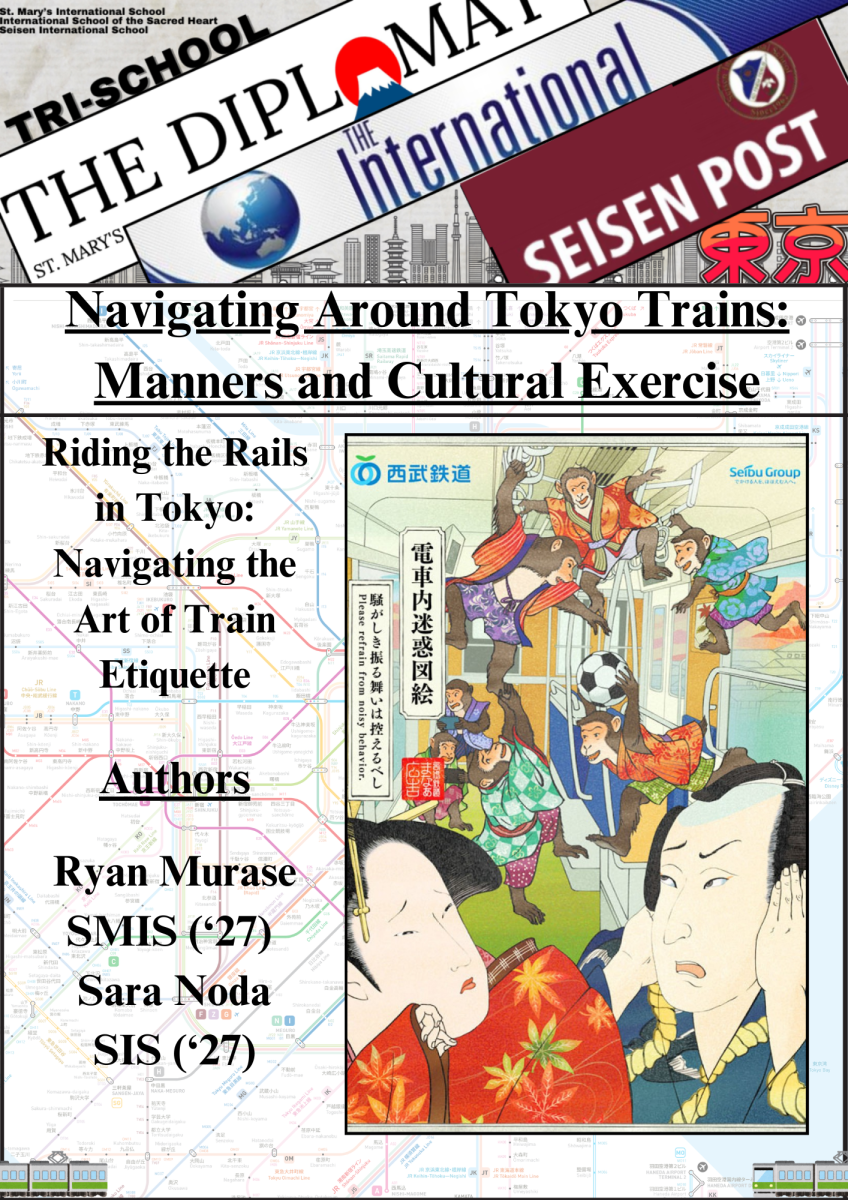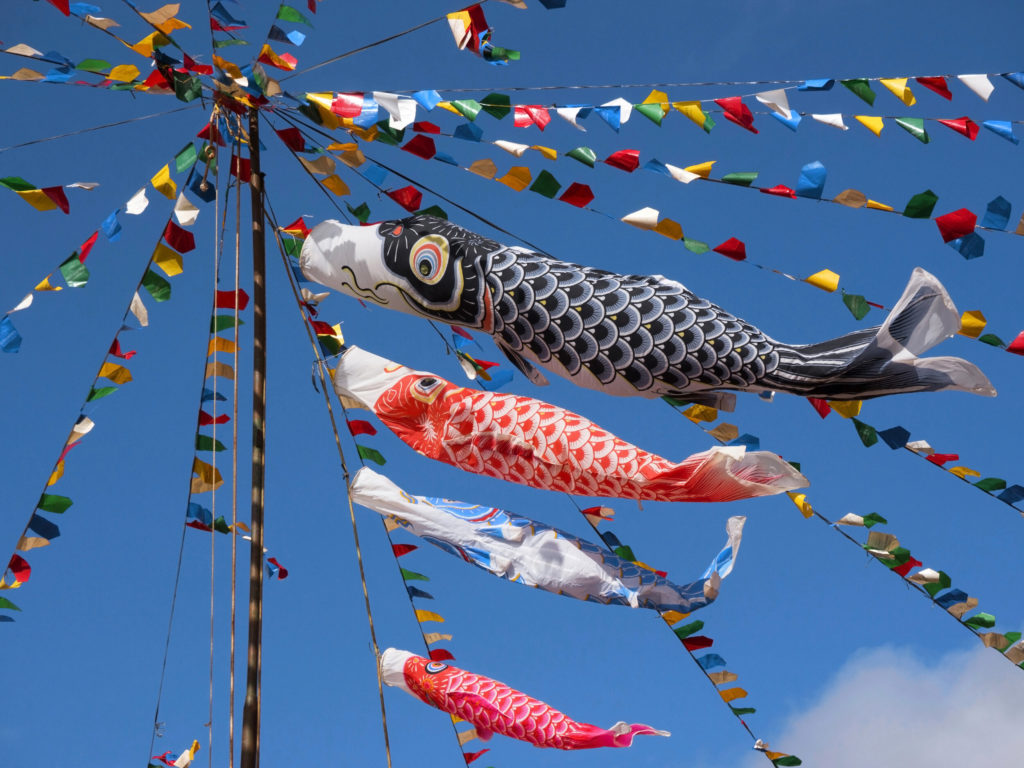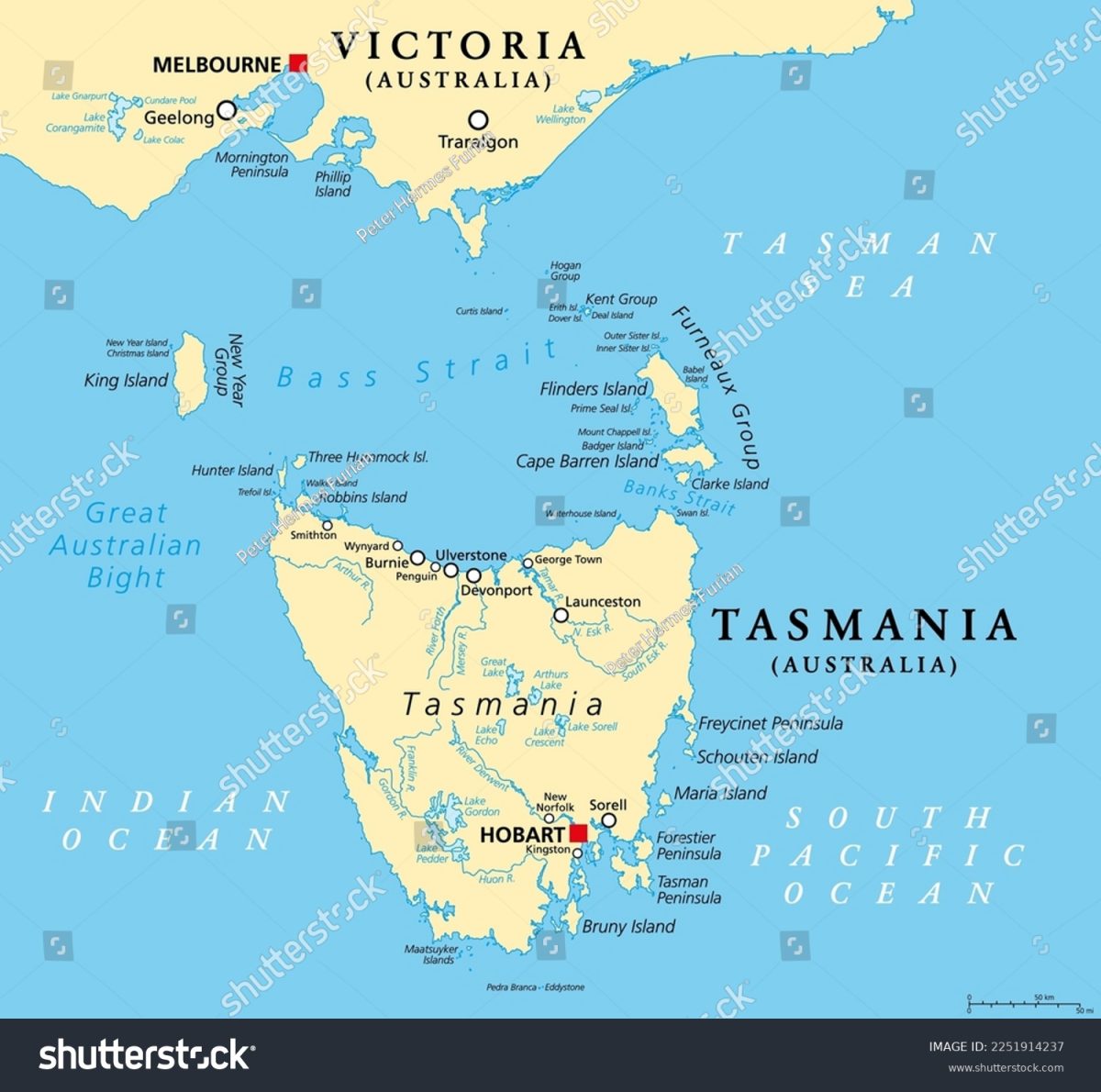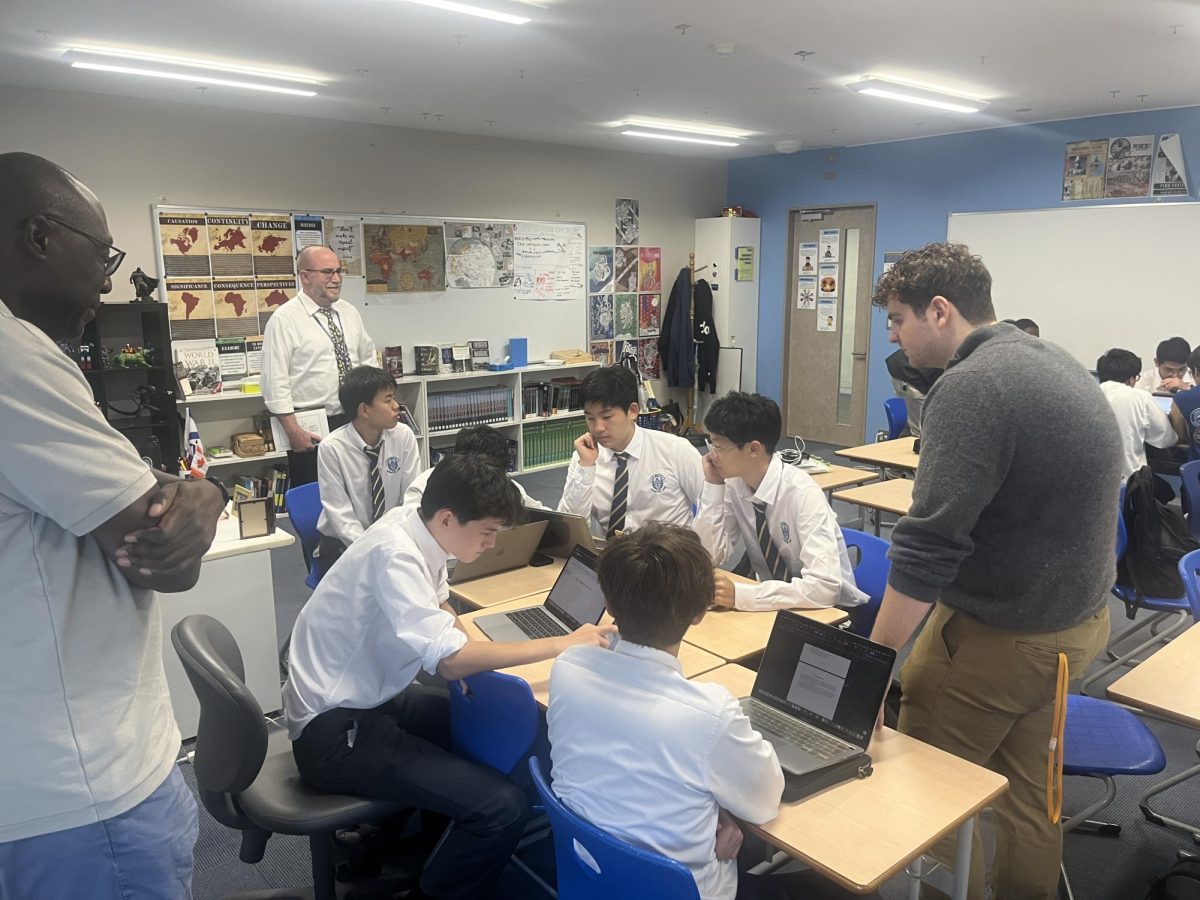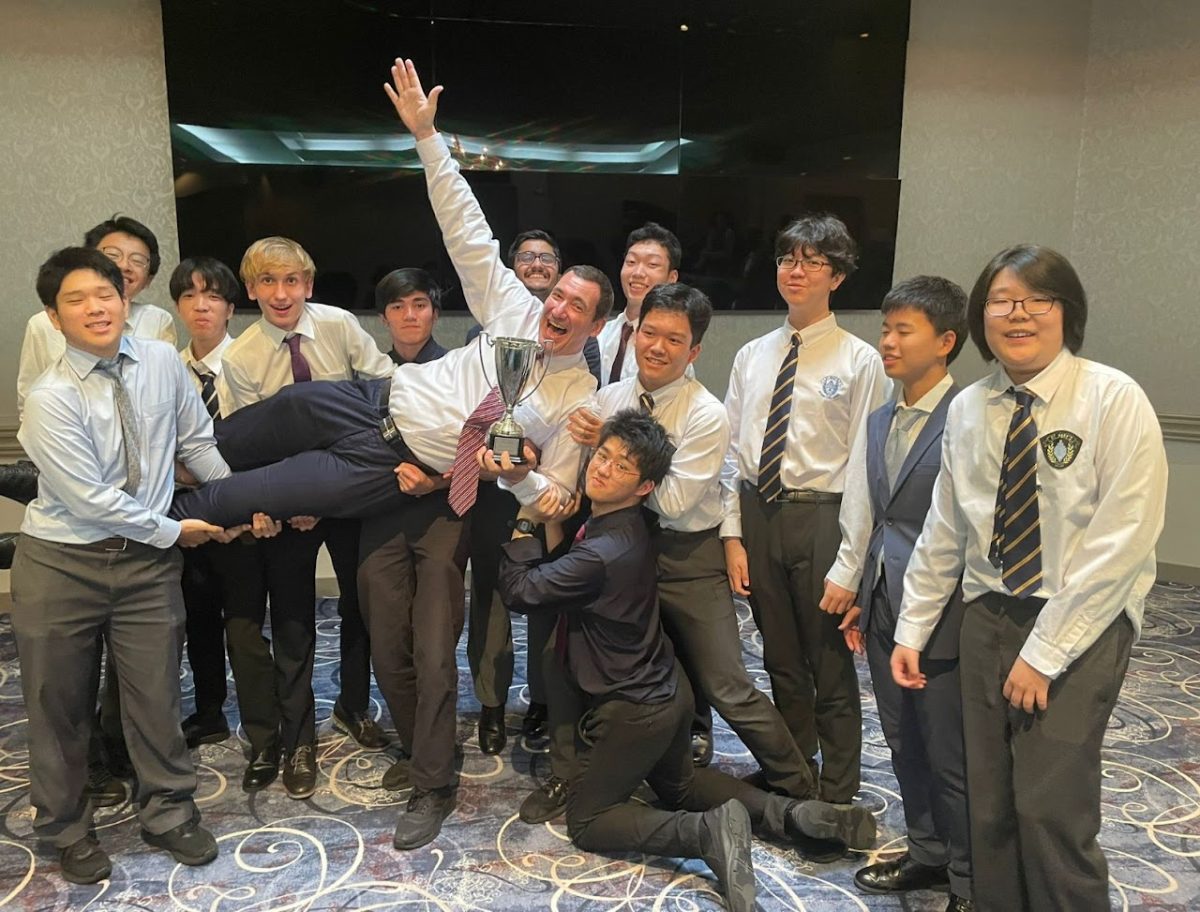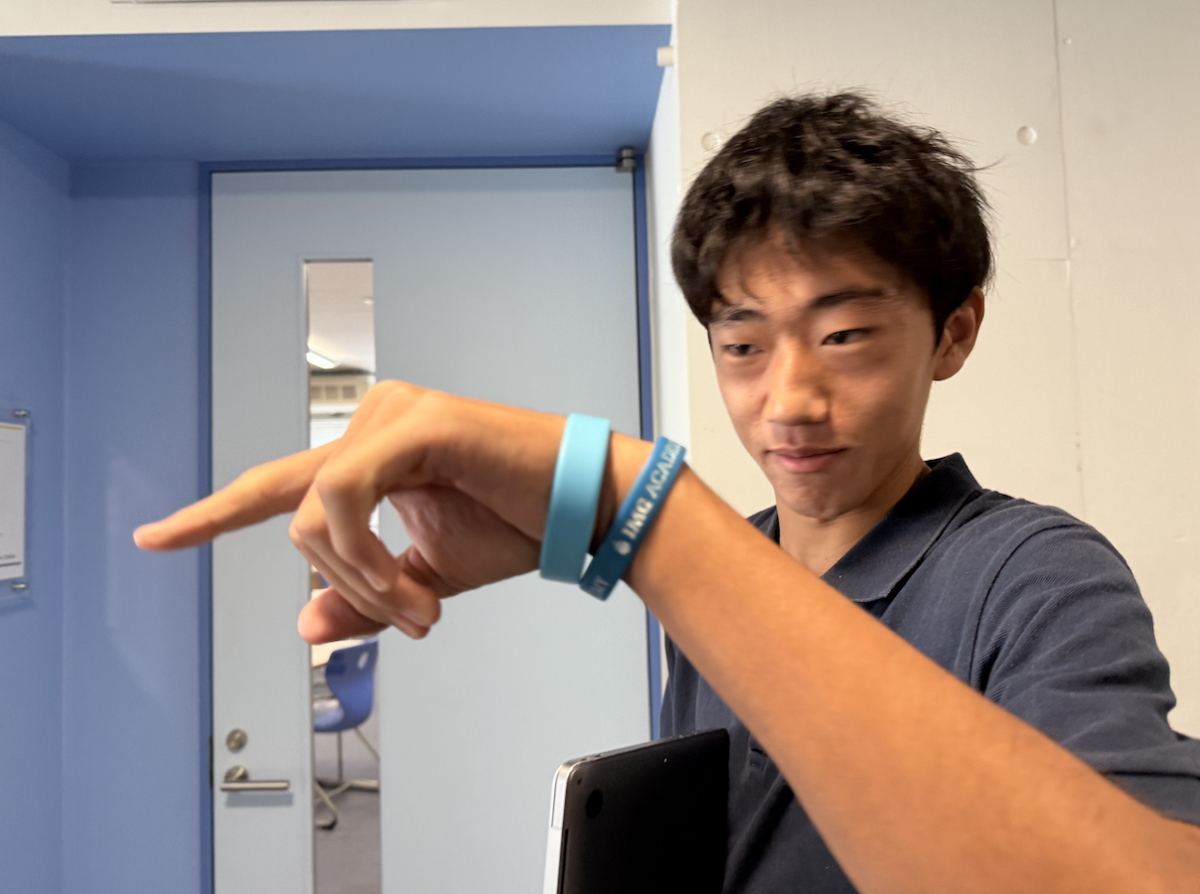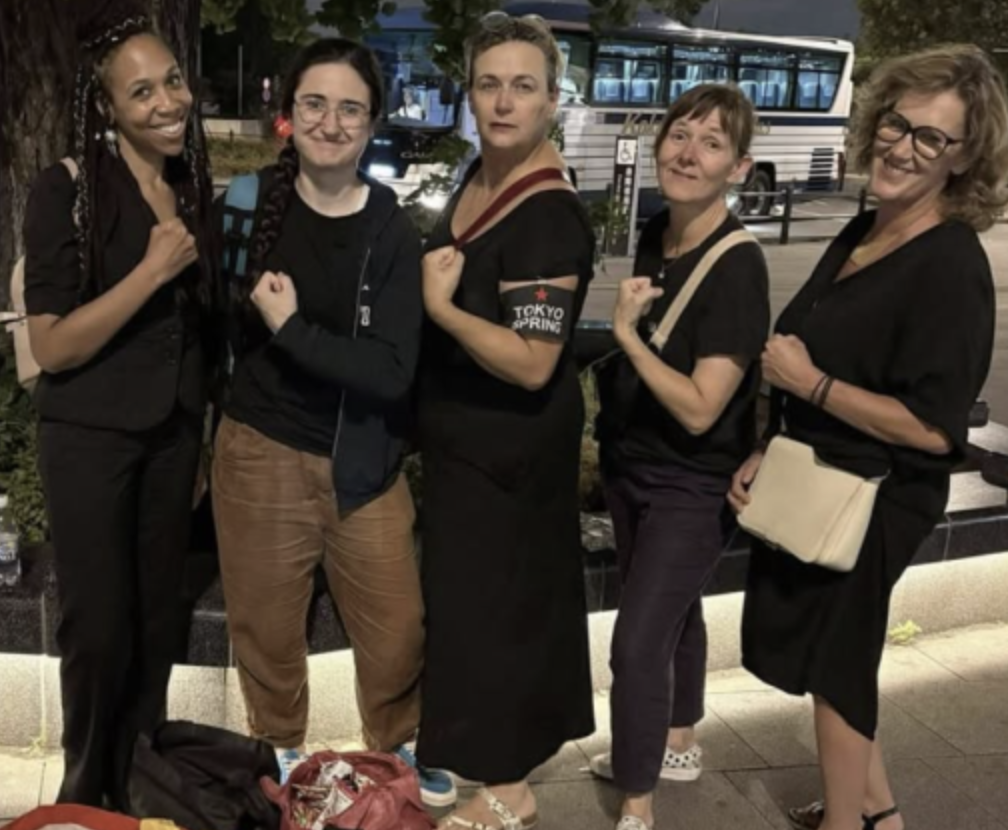Children’s Day, or Kodomo no Hi, is celebrated annually on May 5th in Japan as a day to honor the health, happiness, and growth of children. Homes are decorated with colorful carp streamers (koinobori), representing strength and perseverance, while samurai helmets (kabuto) and warrior dolls are displayed to encourage bravery. Although it was officially designated in 1948 to celebrate all children and recognize mothers, many of the traditions still reflect its origins as a day specifically dedicated to boys.
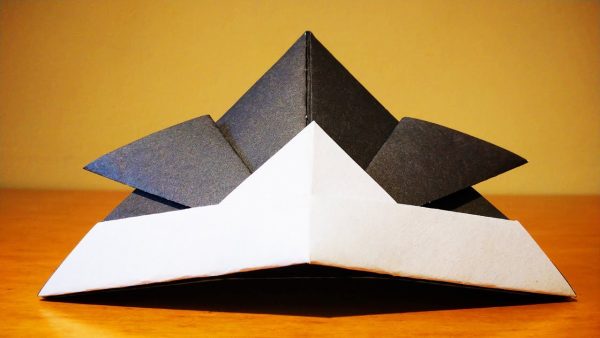
The roots of Children’s Day trace back to Tango no Sekku, one of the five ancient seasonal festivals celebrated by the imperial court since the Nara period (710–794). Originally observed on the fifth day of the fifth lunar month, it gradually evolved into a boys’ festival marked by prayers for health and success. Influenced by the warrior class during the Kamakura period, symbols of strength like armor and helmets became central to the holiday. By the Edo period, carp streamers had become a popular custom. The post–World War II reform in 1948 transformed the celebration into a national holiday inclusive of all children, shifting its focus beyond its male-centered past.
At St. Mary’s, Children’s Day holds special significance. While the school does not observe most national holidays, it chooses to honor May 5th as a day off to celebrate the growth, effort, and individuality of its students. This exception reflects the school’s alignment with the historical essence of Tango no Sekku, paying homage to the traditions that originally inspired the holiday. By recognizing Children’s Day in this unique way, St. Mary’s reinforces its commitment to nurturing strength, character, and cultural pride in its students.


